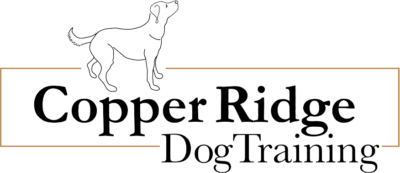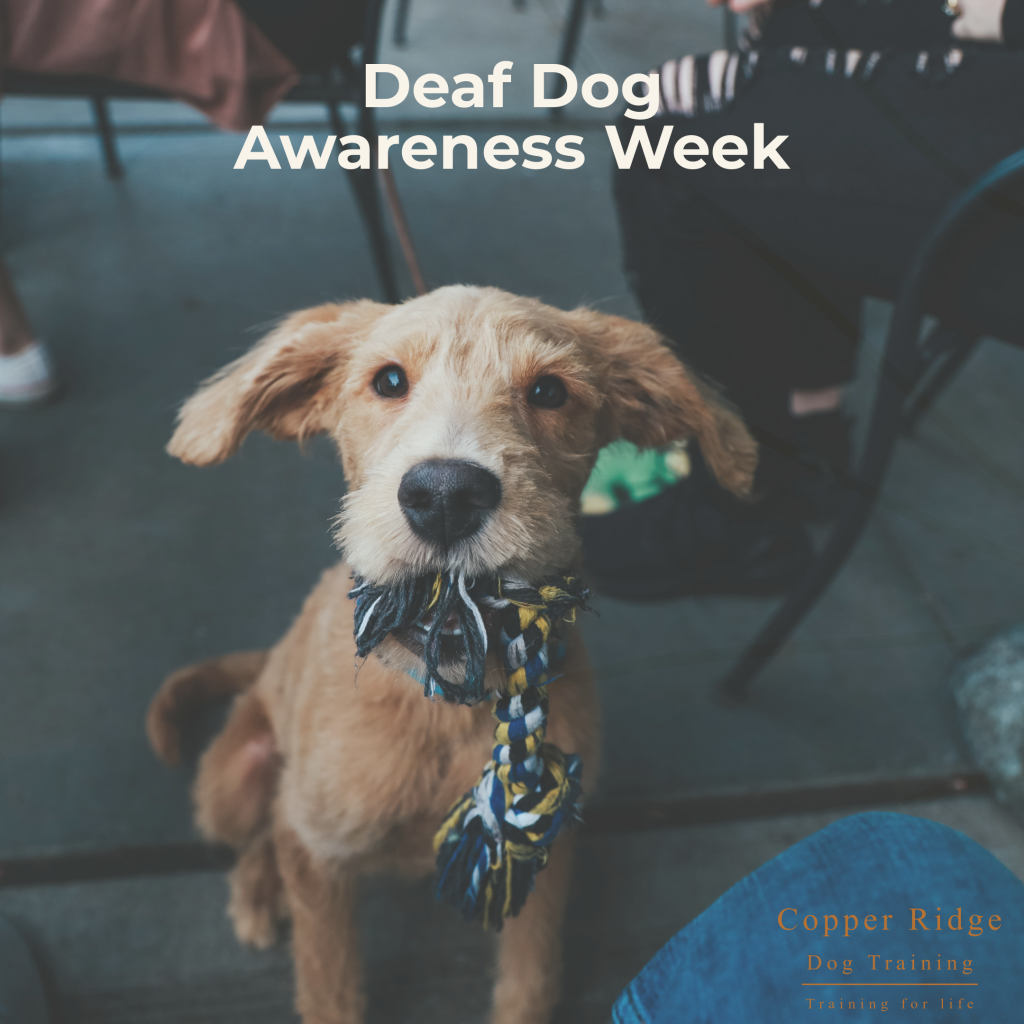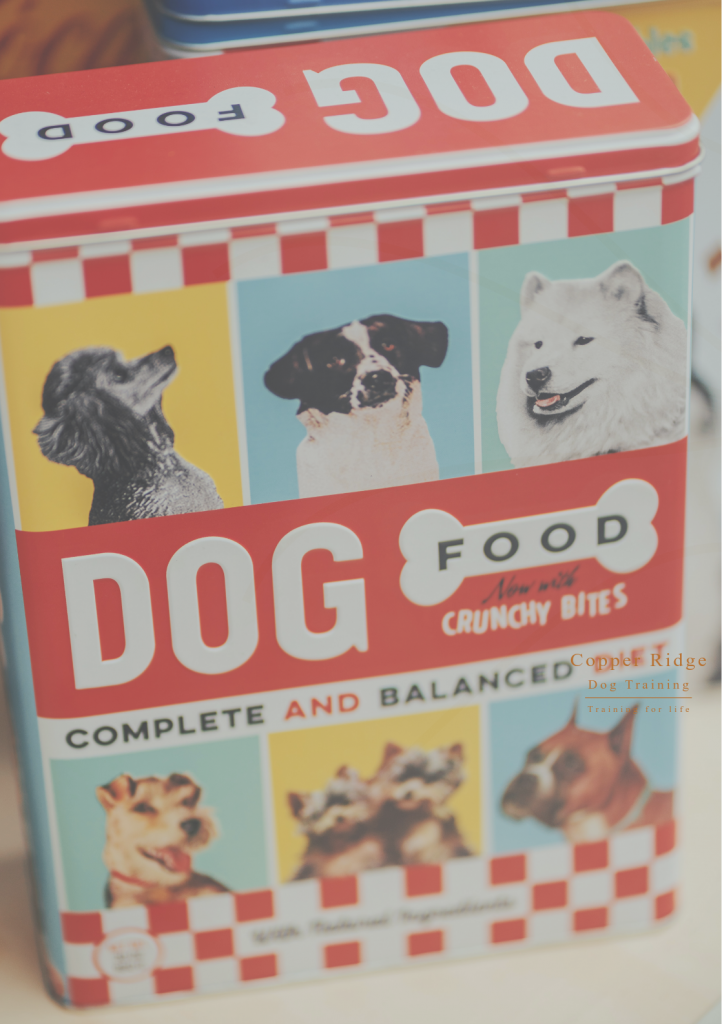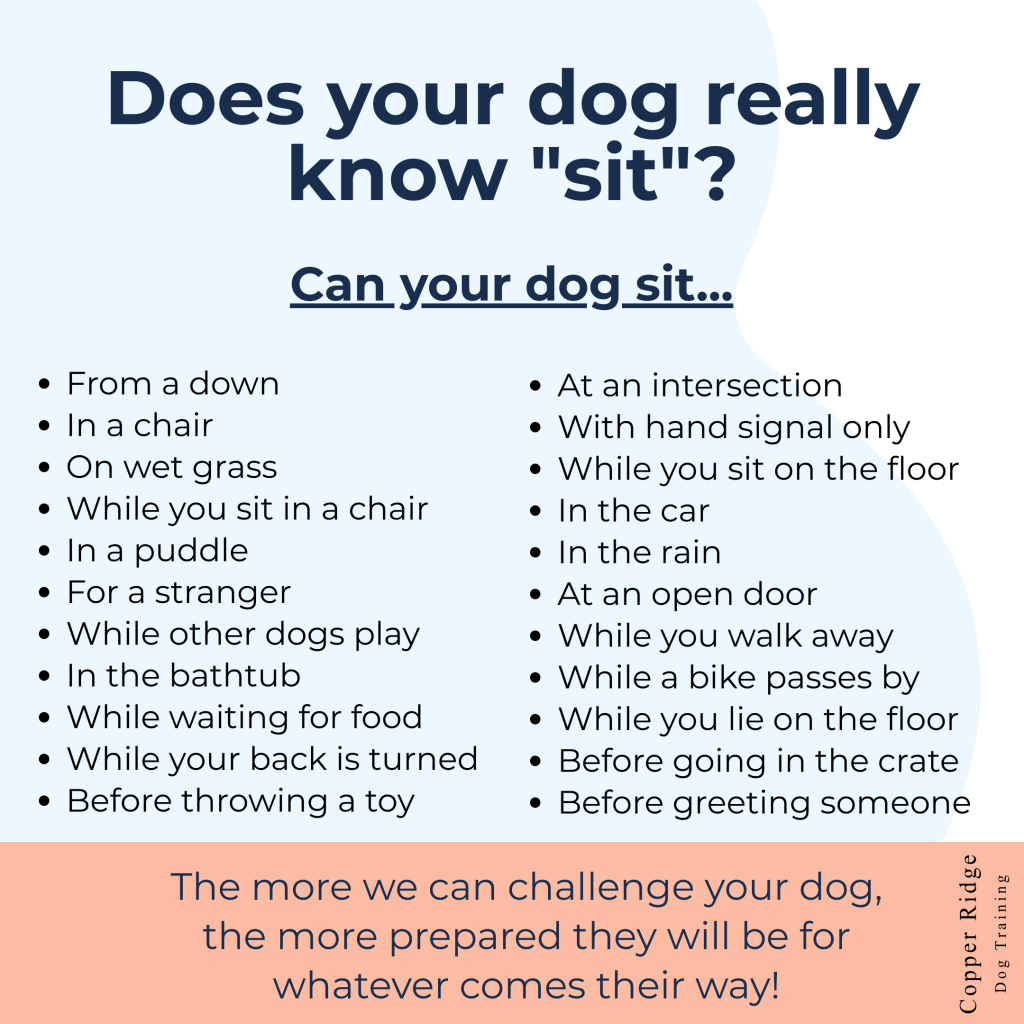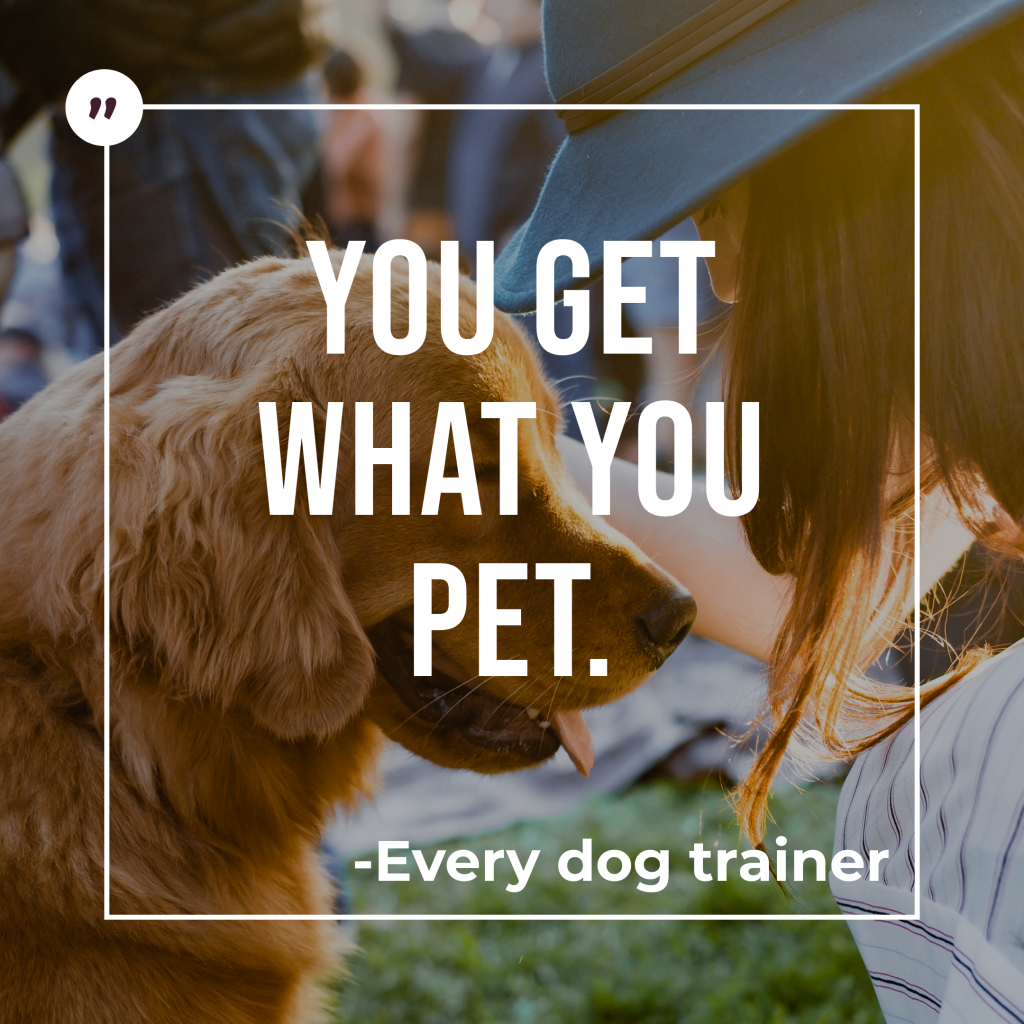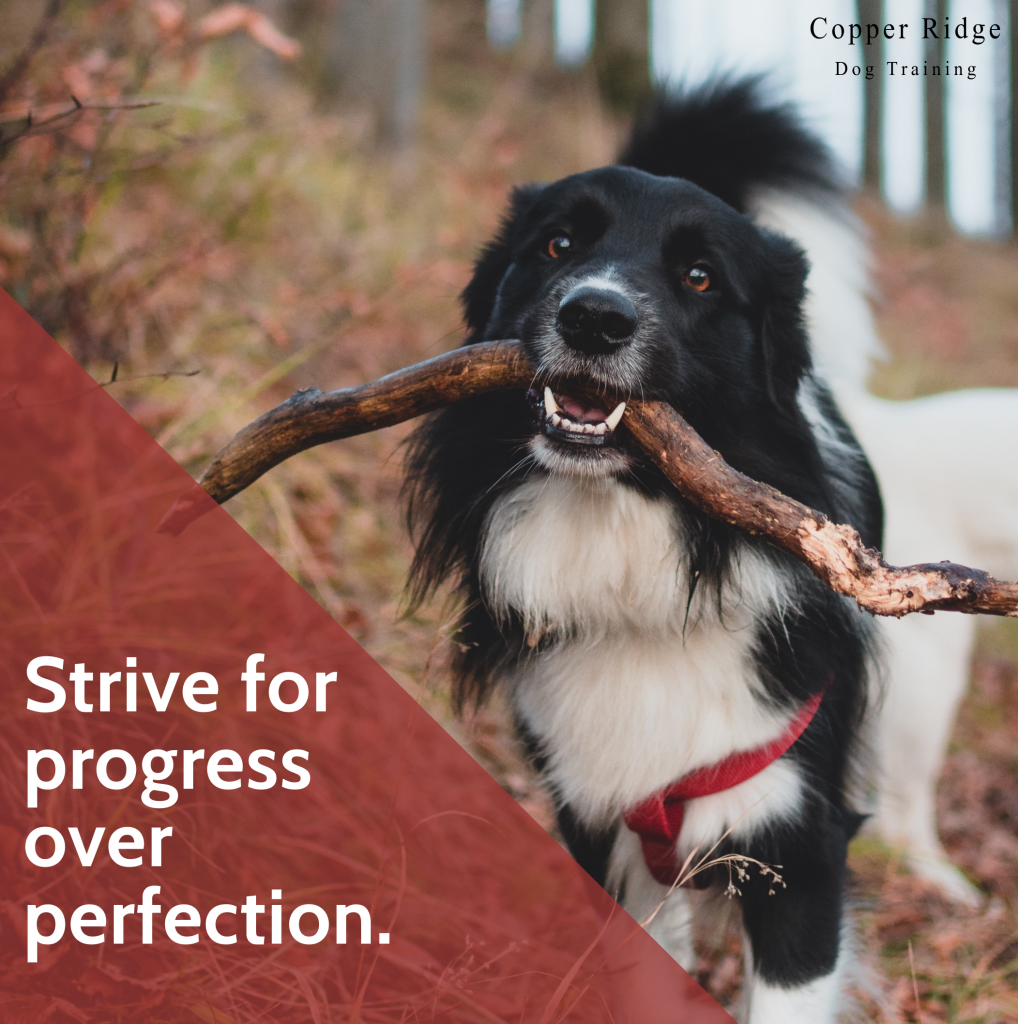
Let’s stop striving for perfection. It’s an exhausting and never-ending endeavor.
Let’s stop striving for a perfect day, a perfect home, a perfect body, a perfect relationship, a perfect dog.
Instead, let’s strive for progress. Let’s strive for effort.
These are achievable, and they allow us to celebrate all of the little baby steps along the way.
You’re never going to reach “perfect,” but you can always make progress.
